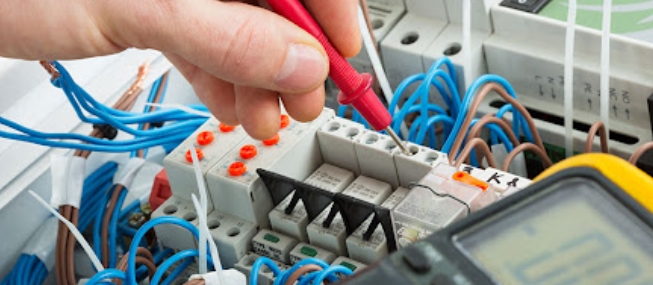Contactor vs. Relay: Unveiling the Distinctions and Applications
In the realm of electrical engineering, contactors and relays are two indispensable components that play crucial roles in controlling electrical circuits. While they may appear similar at first glance, there are distinct differences between the two. This article aims to delve into the dissimilarities, applications, and functionalities of contactors and relays, providing a comprehensive understanding of their respective roles in electrical systems.
- Definition and Purpose:
A contactor is an electrically controlled switch used for switching power circuits, typically in high-current applications. It is designed to handle heavy loads and is commonly employed in industrial machinery, HVAC systems, and motor control. On the other hand, a relay is an electromagnetic switch that operates with low-power signals, serving as an interface between low-power control circuits and high-power loads. Relays are widely used in automation systems, telecommunications, and automotive applications. - Construction and Operation:
Contactors consist of a coil, contacts, and an enclosure. The coil generates a magnetic field when energized, attracting the contacts to close the circuit. The contacts are made of durable materials to withstand high currents and frequent switching. Relays, too, comprise a coil and contacts, but they are typically enclosed in a smaller package. When the coil is energized, it creates a magnetic field that moves the contacts, either opening or closing the circuit. - Current and Voltage Ratings:
One of the key distinctions between contactors and relays lies in their current and voltage ratings. Contactors are designed to handle higher currents, often ranging from tens to thousands of amperes, making them suitable for heavy-duty applications. Relays, on the other hand, are intended for lower current applications, typically ranging from milliamperes to a few amperes. Voltage ratings for both contactors and relays vary depending on the specific application requirements. - Applications:
Contactors find extensive use in industrial settings, where they control motors, lighting systems, heating elements, and other high-power equipment. They are favored for their ability to handle large currents and provide reliable switching in demanding environments. Relays, with their lower current ratings, are commonly employed in control panels, automation systems, and safety circuits. They act as intermediaries between low-power control signals and high-power loads, ensuring the protection and efficient operation of electrical systems.
Conclusion:
In summary, contactors and relays are distinct components with different applications in electrical systems. Contactors excel in high-current, heavy-duty applications, while relays are ideal for low-power control circuits. Understanding the differences between these two devices is crucial for selecting the appropriate component for a given application, ensuring optimal performance and safety.

Post Comment